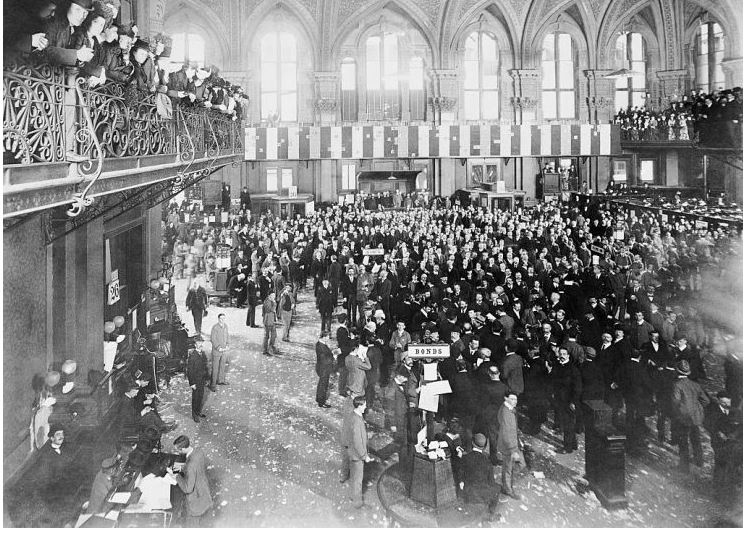FOMC Preview
What’s in Today’s Report:
- FOMC Preview
U.S. futures are higher this morning as trader focus turns to the Fed meeting while good economic data in Europe helped drive gains in international markets overnight.
U.K. unemployment fell to a multi-decade low of 3.9% in February according to the latest Labour Market report while the Business Expectations component of the German ZEW Survey was –3.6 vs. (E) -11.0 underscoring a less pessimistic outlook on the economy by analysts.
A sense of “Fed paralysis” has already begun to fall over markets this week as the FOMC meeting begins today and trader focus has largely shifted to tomorrow’s announcement and press conference.
As far as catalysts go today, there is one economic report: Factory Orders (E: 0.1%) but the single data point’s influence on the market is likely to be limited with the Fed looming tomorrow.



